History of the Club
About the Club
The Cascades Club is a friendly, inclusive, volunteer-driven, not-for-profit community club that offers a variety of social and athletic opportunities to its members, including a fun summer camp, recreational and competitive paddling programs for all ages and abilities, high-quality squash courts and much more!
Image provided courtesy of the GVHS (Gatineau Valley Historical Society)
In 1920 a clubhouse was built on the west bank of the Gatineau River in the village of Cascades, Quebec. The new ‘Cascades Club’ provided a gathering place for local residents and summer visitors alike.
In those days baseball was hugely popular, and all the villages ‘up the Gatineau’ had their own teams. The ball games were usually held on Saturdays and afterwards there was dancing at the respective club houses.
But in 1927 the Gatineau River was dammed to generate hydroelectric power and the village of Cascades and other low-lying communities along the river were flooded. The dislocated residents moved further uphill or to other areas.
The original Cascades clubhouse was sold to the Gatineau Power Company for $600 and 3.25 acres of land along the new section of road built to bypass the flooded village. The old clubhouse was used for many years as a cookhouse for the log drivers of Cascades. And when 150 years of logging on the Gatineau River came to an end in the early 1990s, the Cascades Club started renting the waterfront land formerly used by the Gatineau Boom Company - a triumphant return to the river from which the Club had been exiled over 70 years before.
After the upheaval of the flood, it took Club members almost a decade to build a new clubhouse, but this was finally achieved in the summer of 1935. In the spring of that year the Cascades Club was incorporated as not-for-profit organization with the mandate,
“To establish, maintain and conduct a social and athletic club for the accommodation of its members and their friends, and to provide a club house and other conveniences . . . and to promote friendly and social intercourse among its members”.
In the 1930s softball replaced hardball as the Club’s sport of choice and remained popular until the 1980s. Through the following decades the Club hosted movie nights, dances, bonfires, corn roasts, barbecues and much more. During these years the uninsulated clubhouse operated only during the warmer months, when the population of Cascades swelled with summer cottagers and other visitors. The Tip Top Tea Room across the street, along what was then the main road north, helped make the Club a hub of social activity.
By the 1960s the Club was struggling to survive. Then in the 1970s local architect and avid squash player Alan Hopkins spearheaded an ambitious project to build 2 squash courts at the Club. This huge undertaking was completed largely by volunteers and the Club’s new squash facility opened in the fall of 1979. At the same time the clubhouse was winterized and became a year-round facility. Squash breathed new life into the Club as members came from far and wide to play.
From the mid 1990s until the early 2000s, the Club hosted an enthusiastic country dancing group one Saturday per month. A very popular spinning program, for many years the only one in the area, was started by Club members in the early 2000s. The Club has also offered fitness, yoga and boxing classes for members and non-members.
In the late 1990s, having finally regained access to the Gatineau River, various Club members started a summer camp, offered paddling lessons and founded a competitive dragon boat team. These seeds grew into a very popular summer camp, a widely acclaimed sprint canoe-kayak program, and numerous dragon boat teams, some of which have competed in local, regional and even international competitions.
The Club is grateful to its many volunteers, who over the past century have built, nurtured and loved this ‘little club with a big heart’.
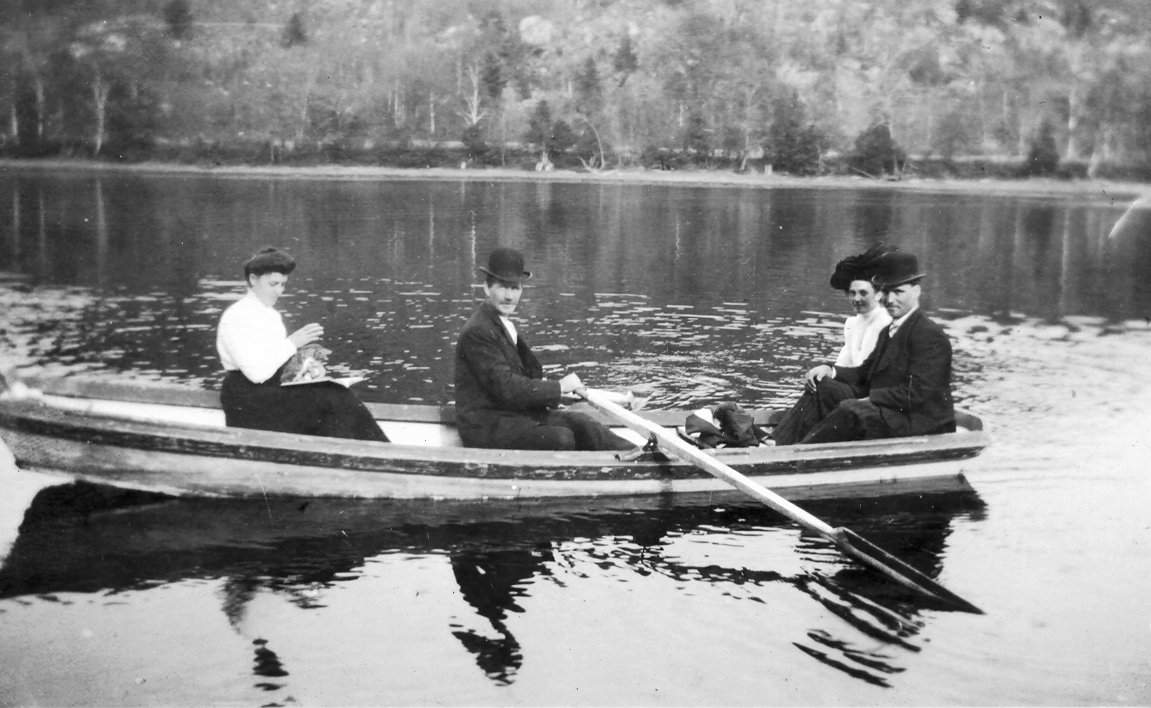
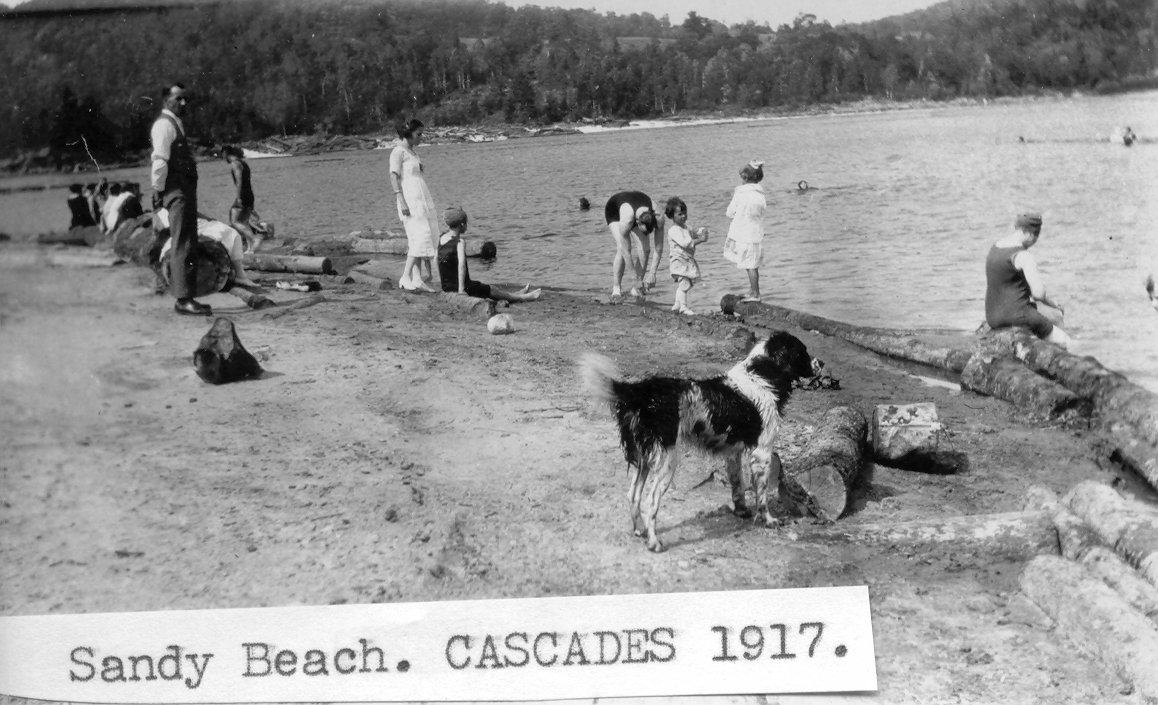
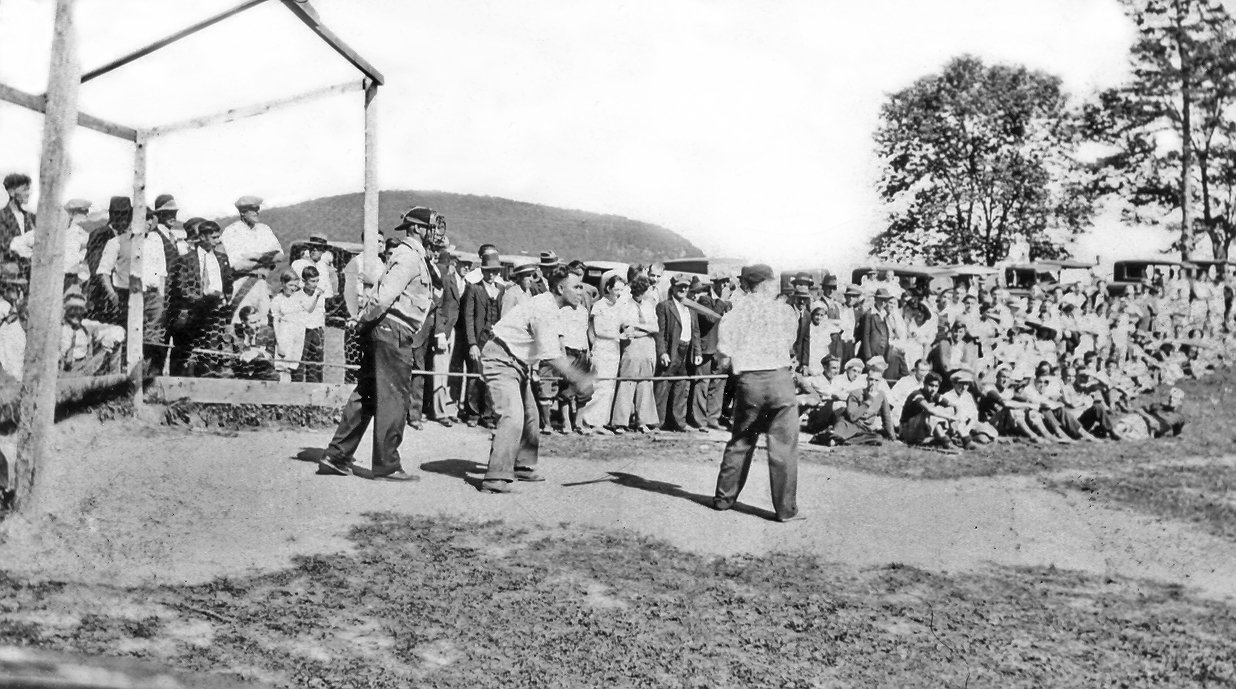
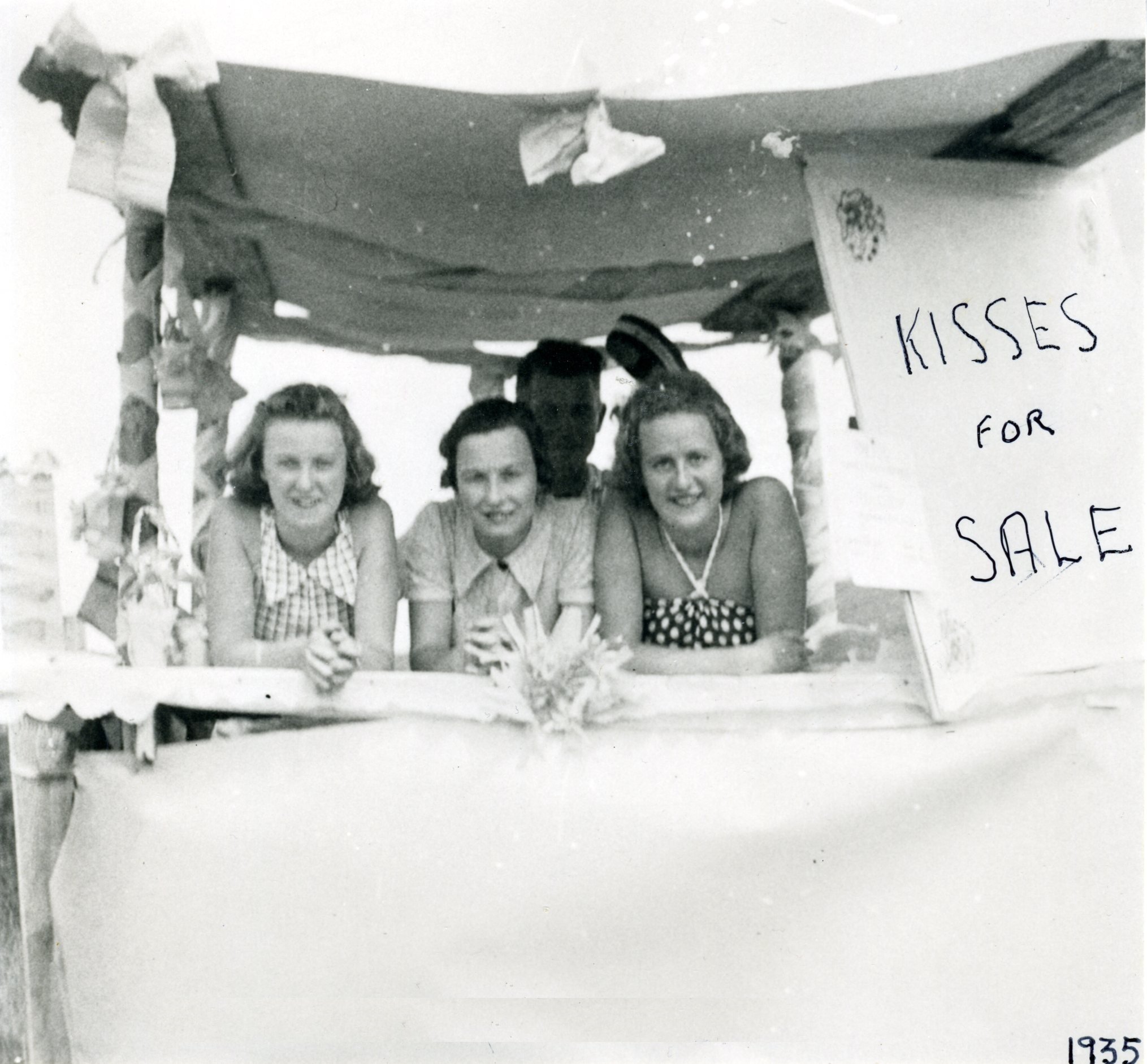
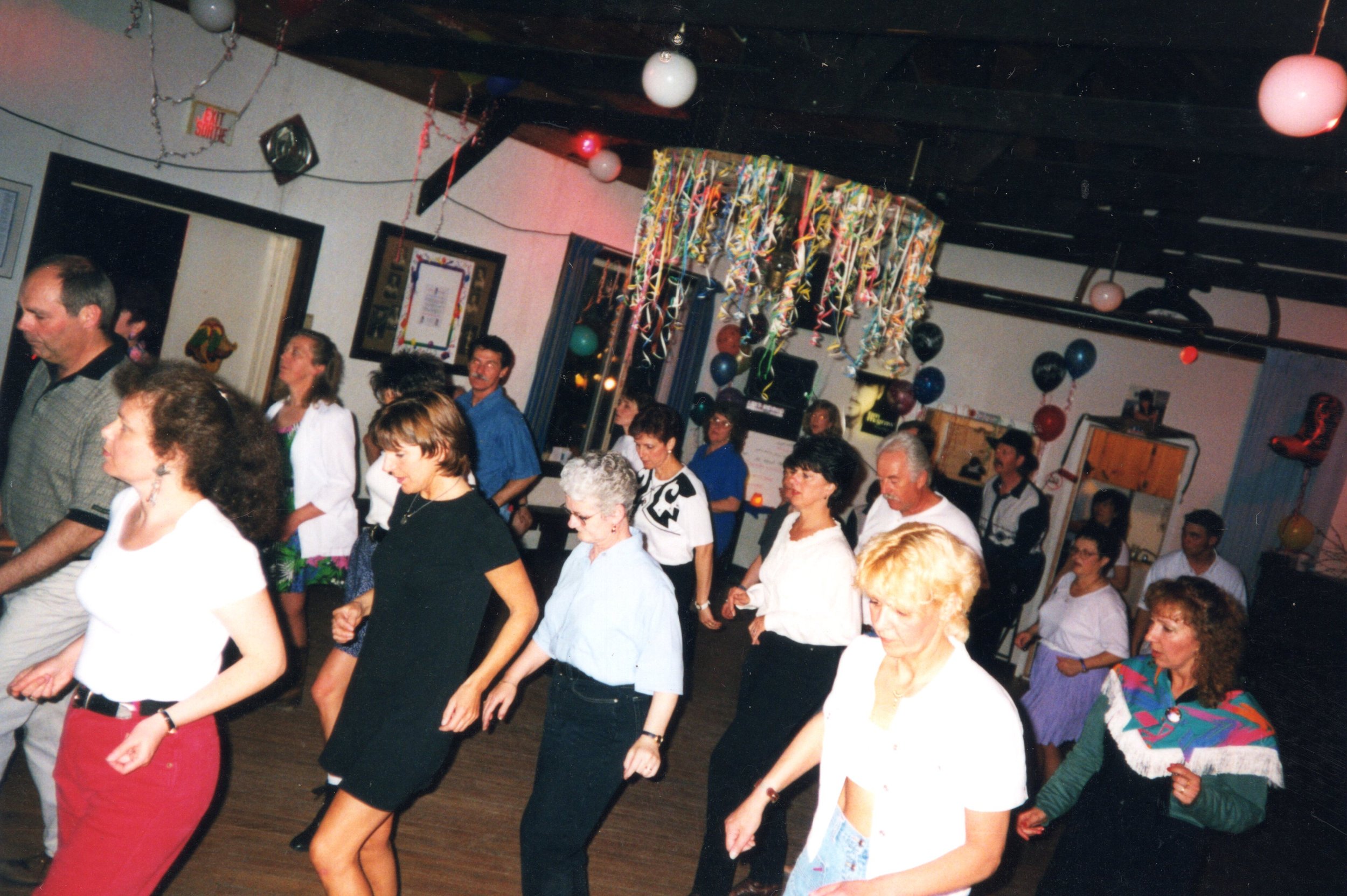
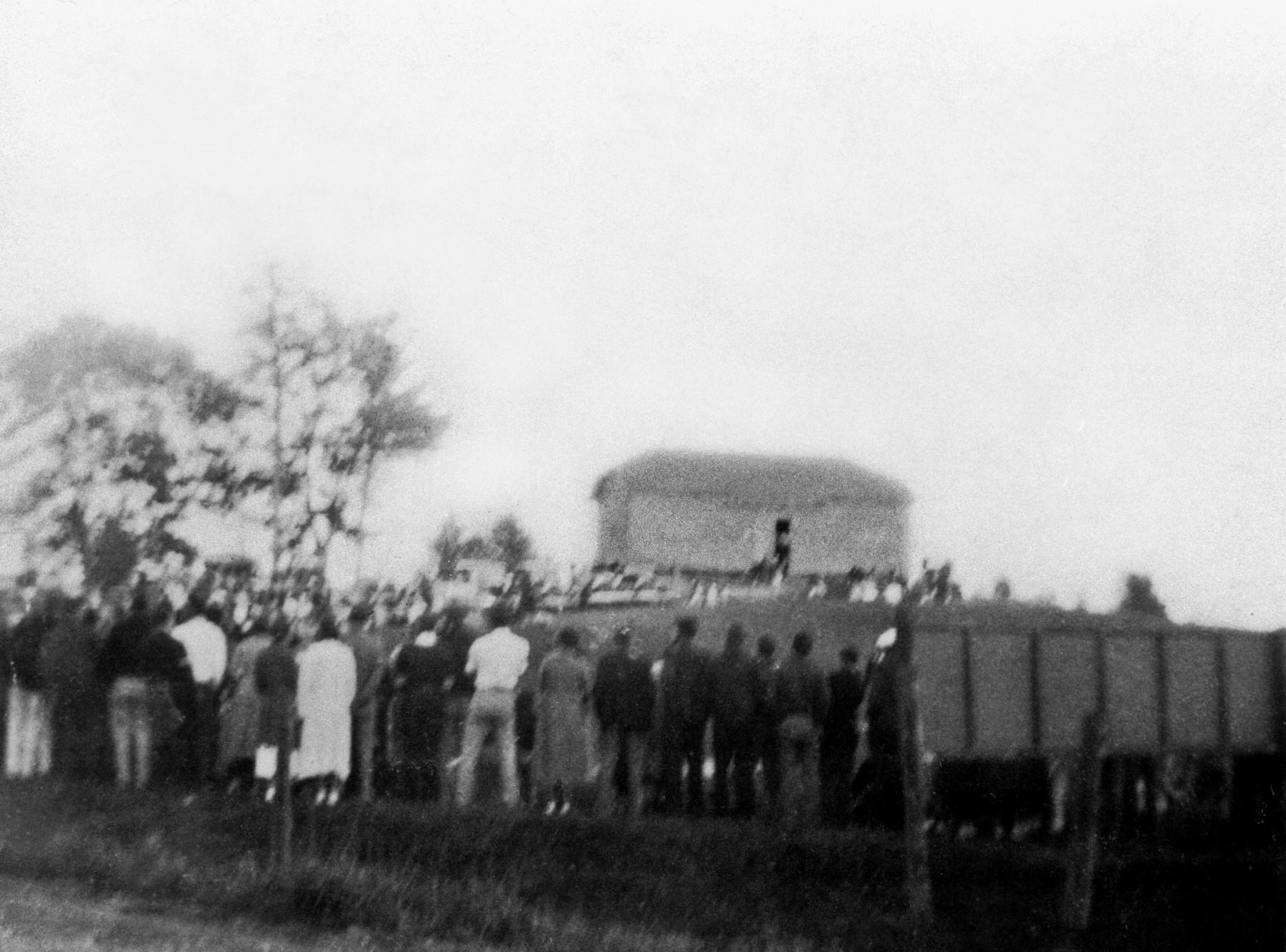
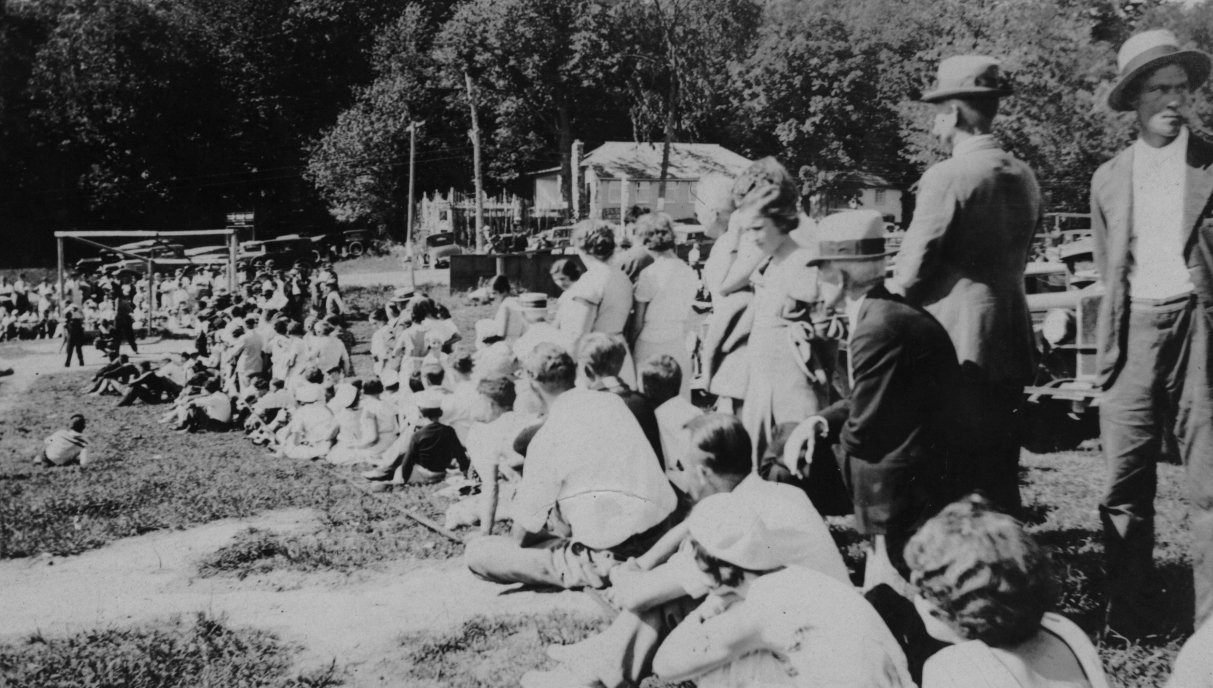
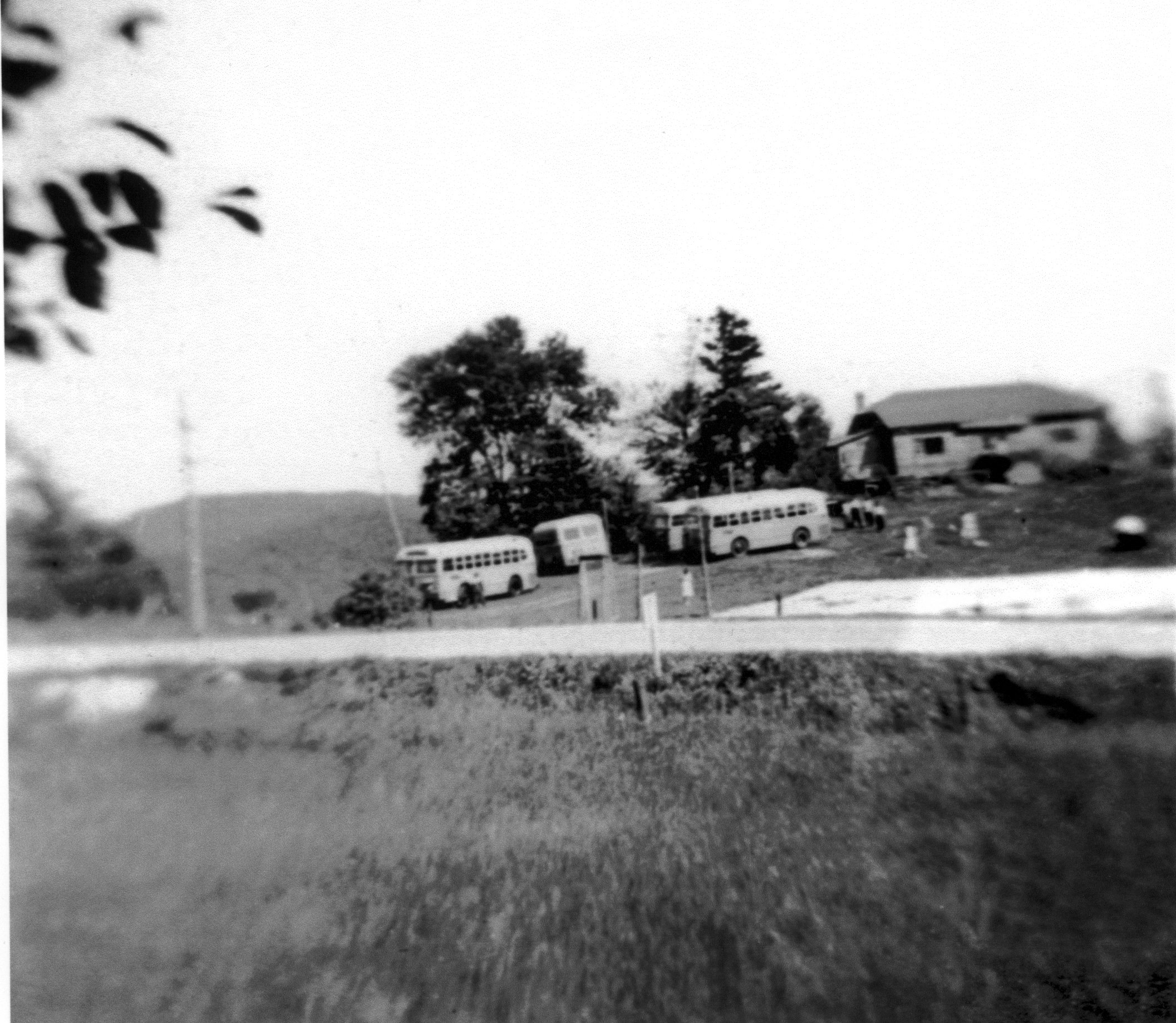
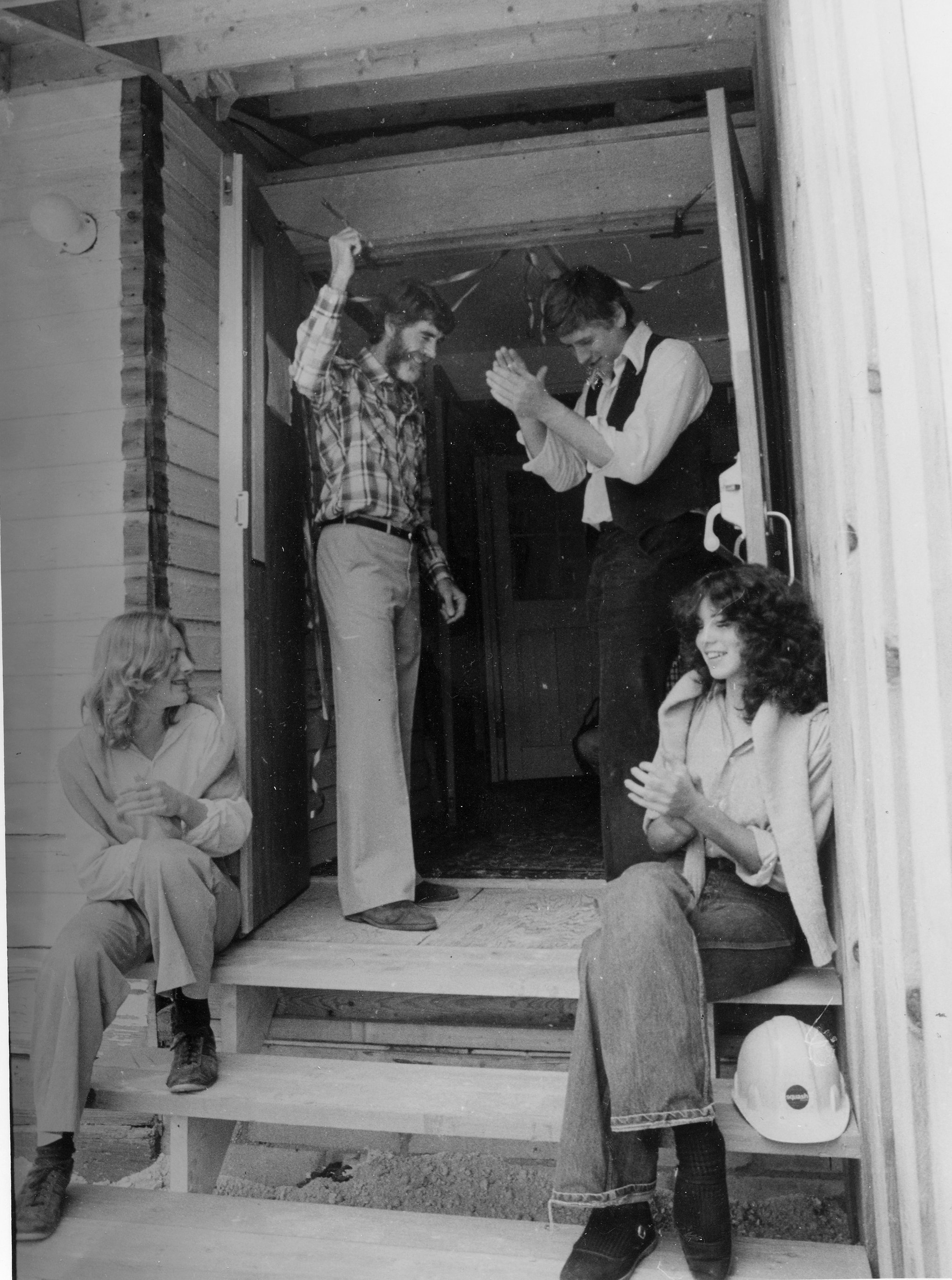
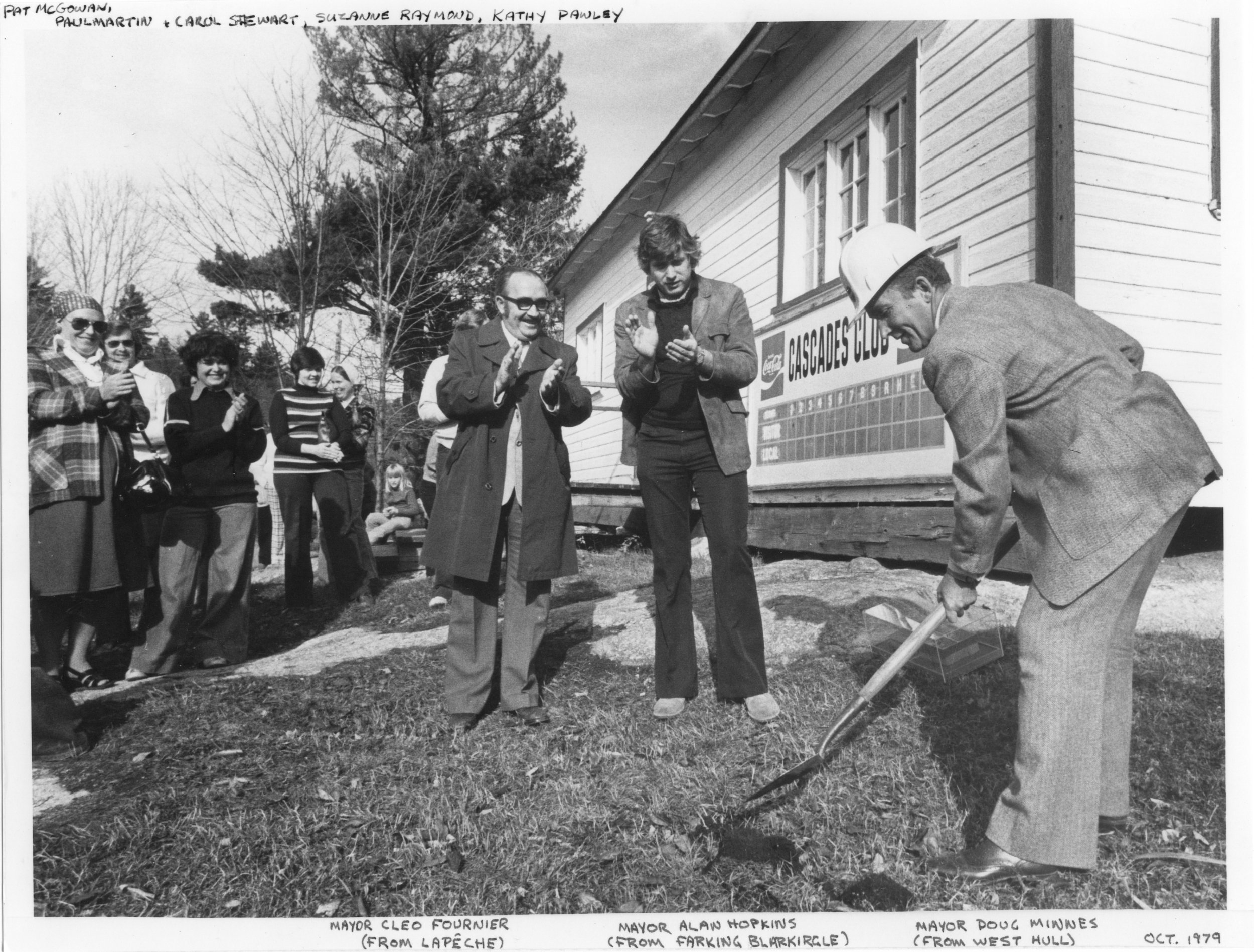
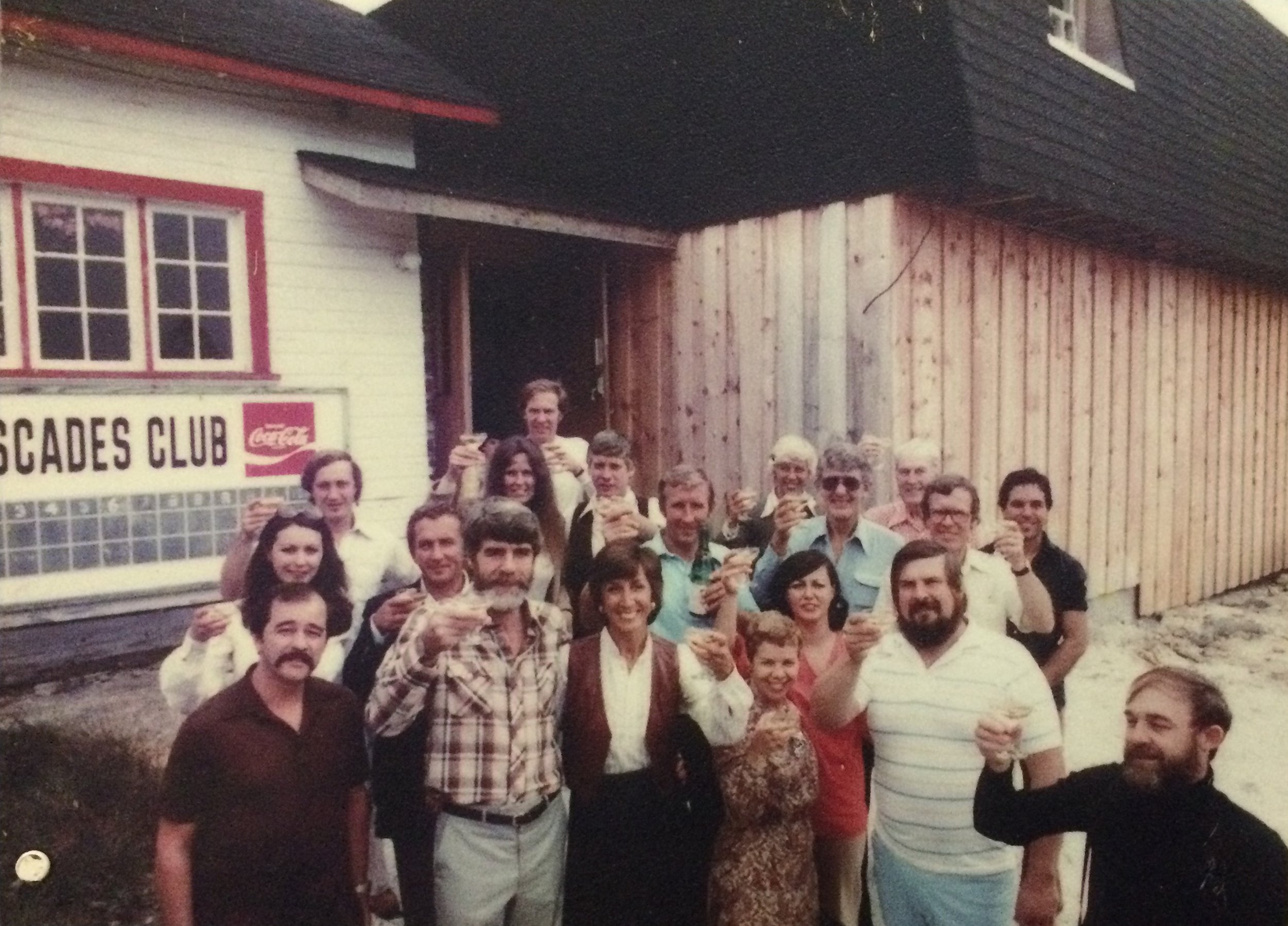
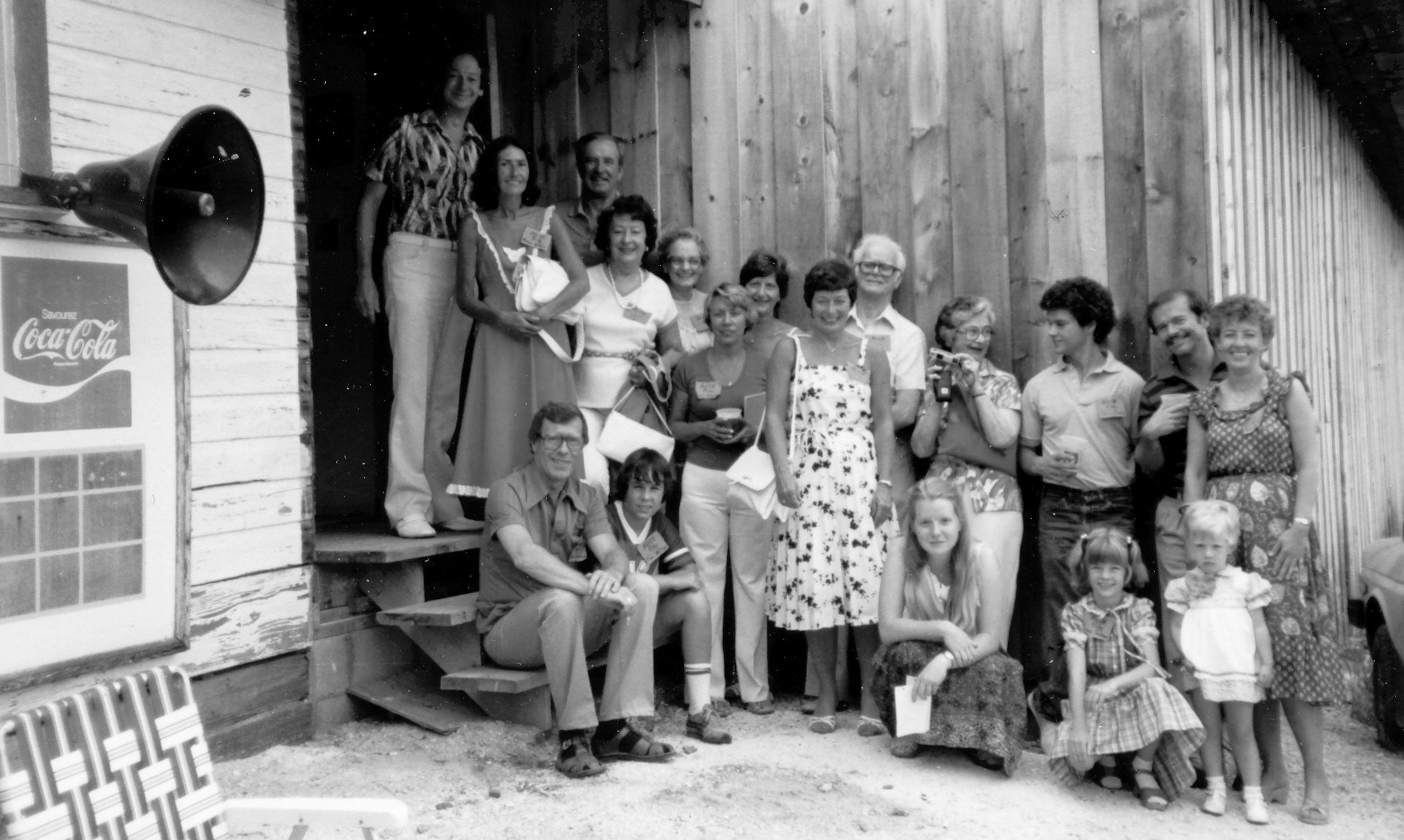
Images provided courtesy of the GVHS (Gatineau Valley Historical Society)
Cascades Club: 1920-2020
In celebration of the Cascades Club’s 100-year anniversary in 2020, long-time club and board member Betty Pavey researched and developed “Cascades Club: 1920-2020,” a history book that chronicles the Cascades Club over the years.


